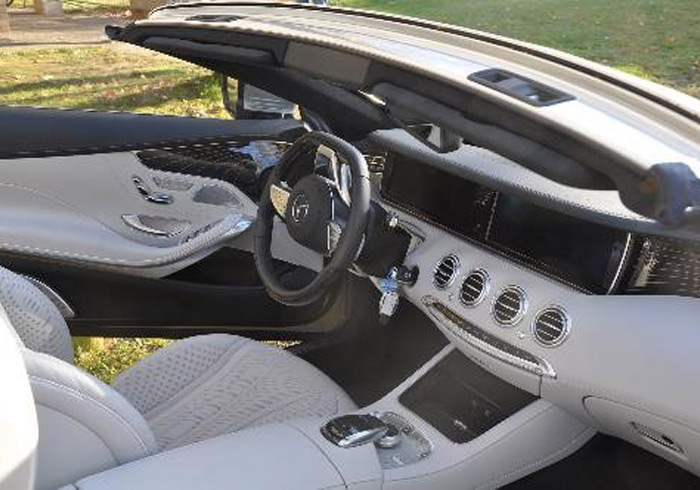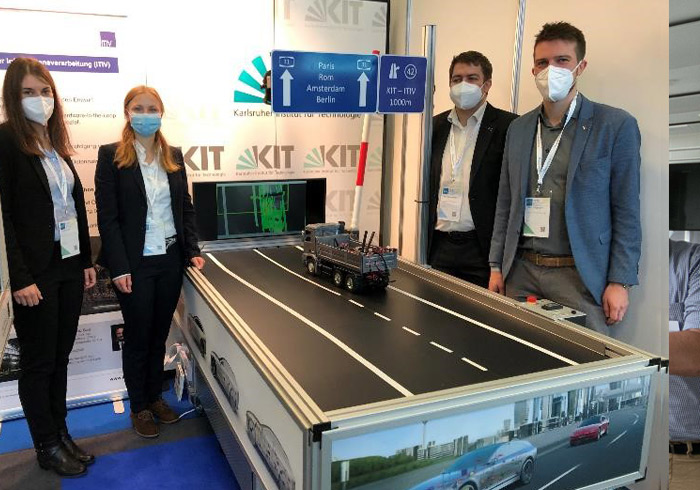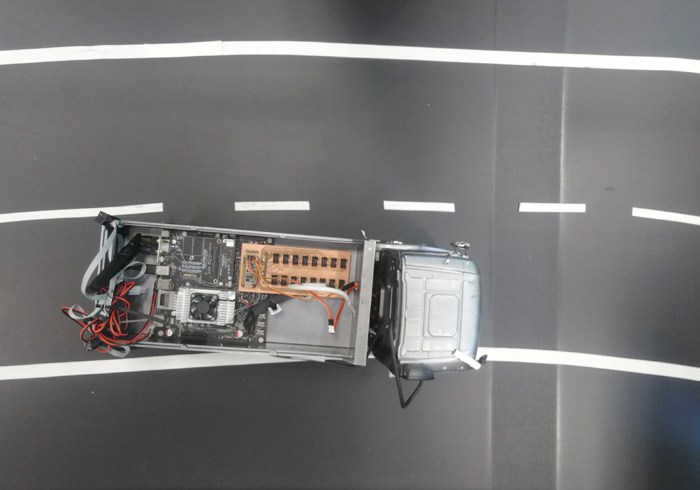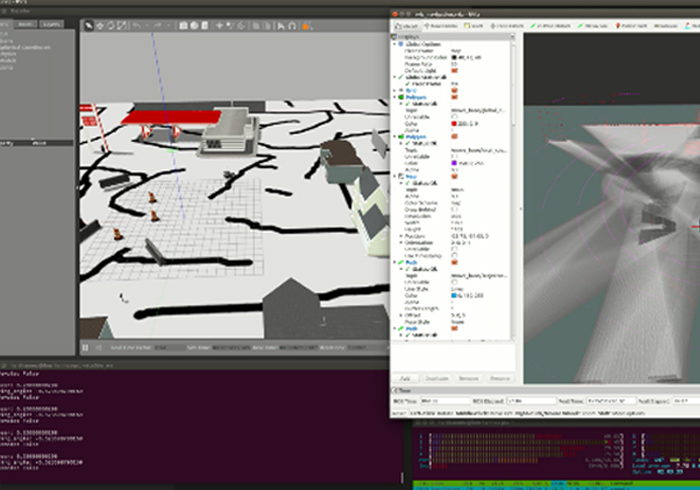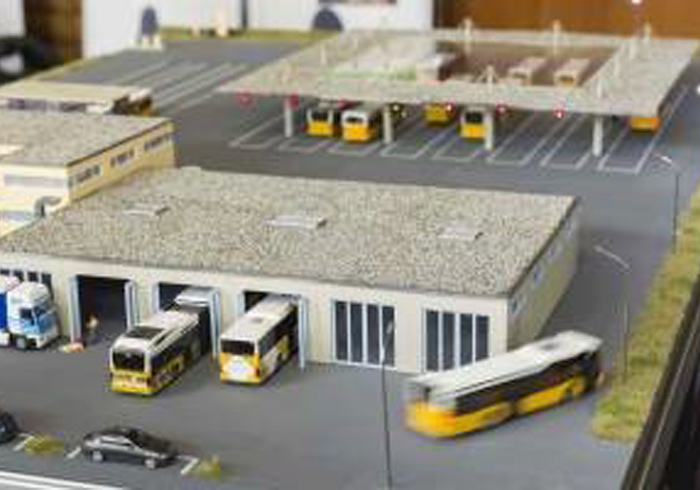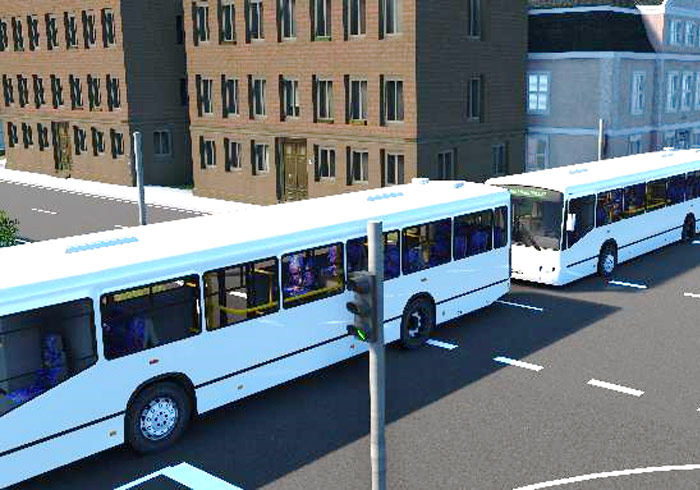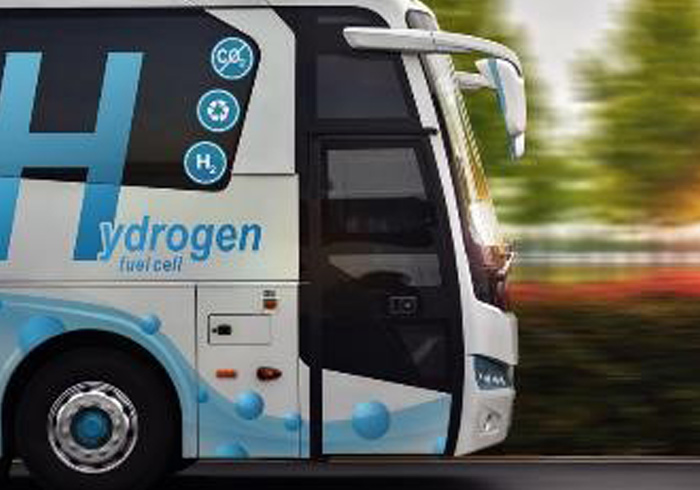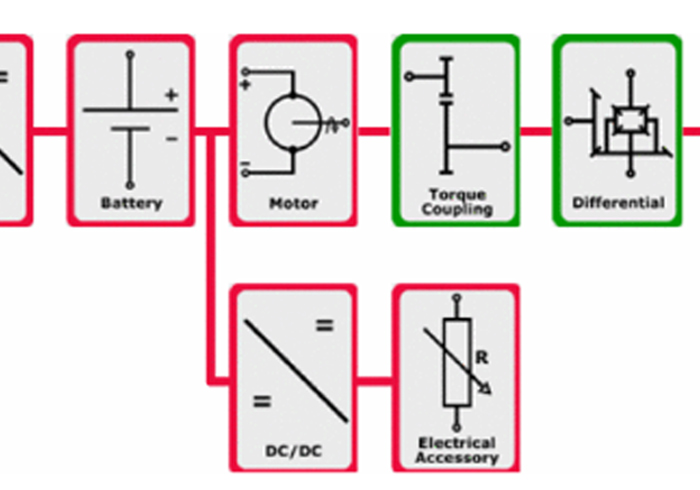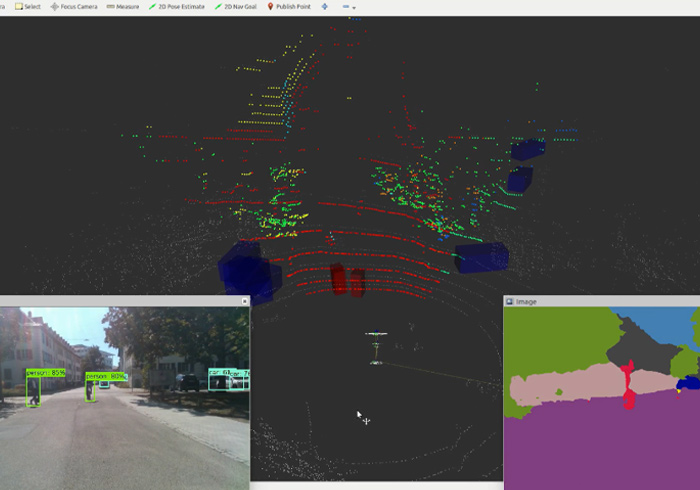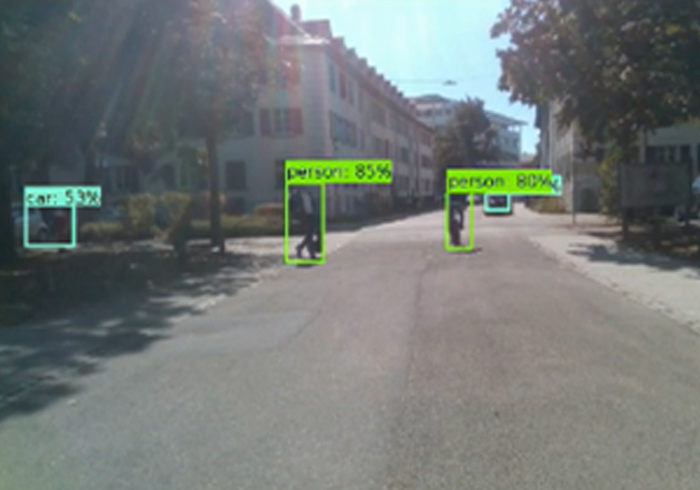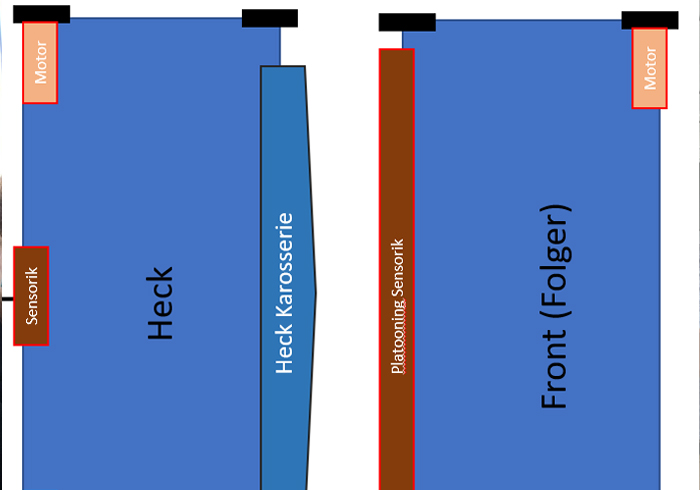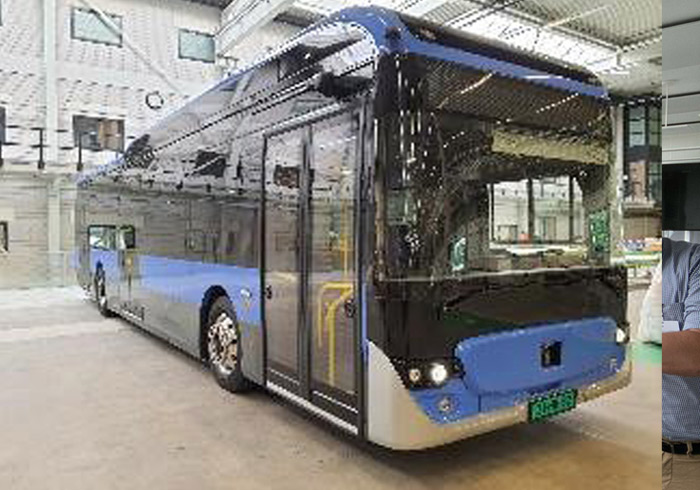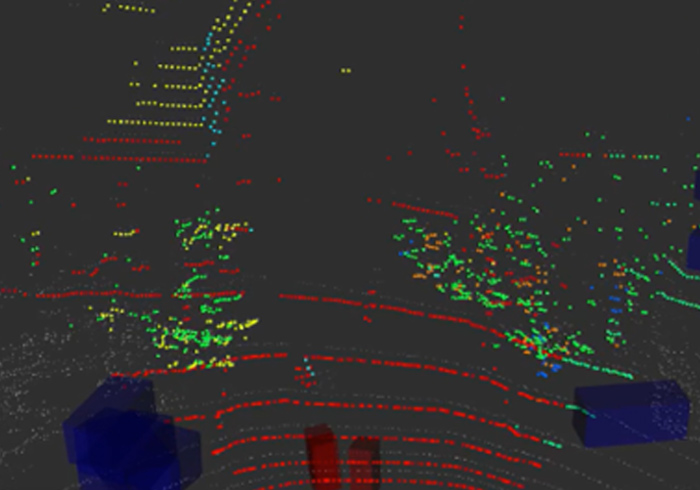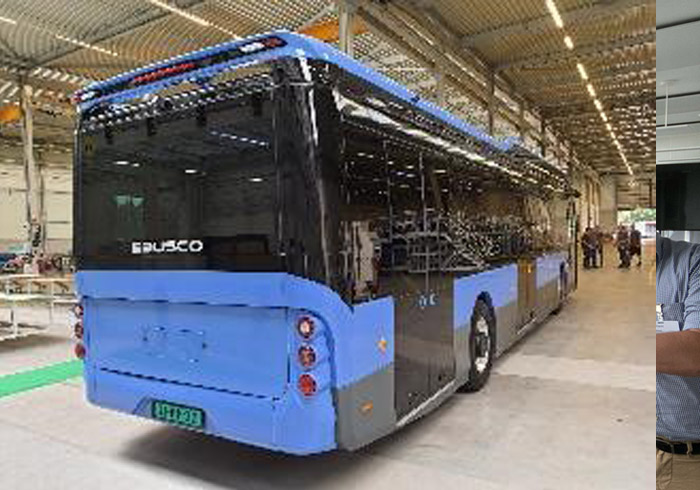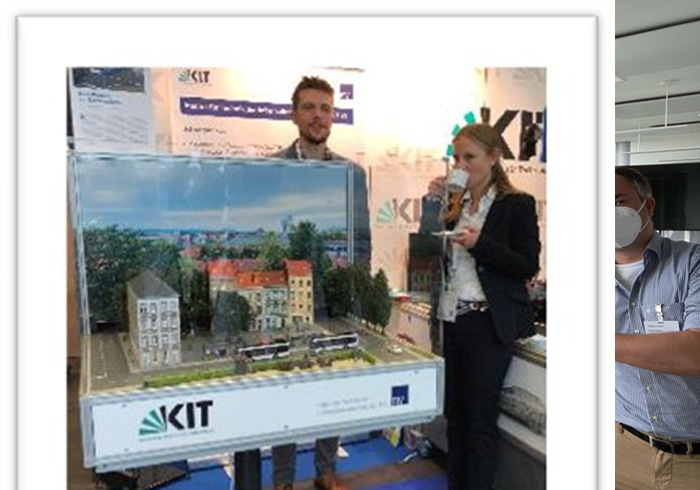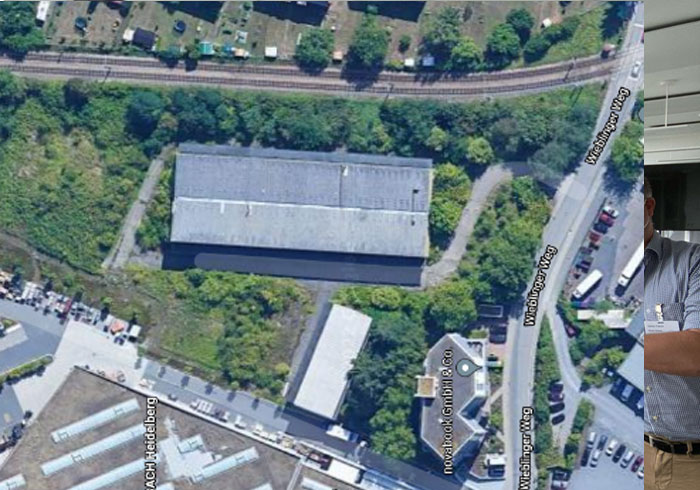Use Cases in Mobility Systems Engineering & Management
Fundamentals of Systems Engineering
Automatic, embedded systems in vehicles have long been important tools in modern cars. Whether cruise control, lane keepers or airbags, all these technical mechanisms that function and act through sensors and communication with the environment make driving easier for us and also make it safer. How about a convertible top that detects the weather, tunnels or other environmental influences and then closes automatically? Students of the Masters of Mobility Systems and Engineering Management at the HECTOR School, Technology Business School of the Karlsruhe Institute of Technology (KIT) learn a lot about these exciting topics and case studies. Apply now.
Driver Assistance Systems
Top view monitoring e.g. by drones is a new helpful tool when testing new Advanced Driver Assistance Systems. You can find out more about driver assistance systems and auto control systems in the Master's program Mobility Systems Engineering and Management.
Control Systems Development
In the lecture Control System Development of the engineering module Systems Design, the basics of process automation and system theory are explained and thus the vision of the mobility of the future is shown. One example that explains the idea behind this in more detail is the lane keep assists in vehicles. This demonstration by a KIT research group shows how testing an Advanced Driver Assistance System (ADAS) including topview monitoring can look in a model. Become part of future-oriented driving and apply today for our Master of Science of Mobility Systems and Engineering Management program at the HECTOR School.
Control Systems Development
When it comes to driving a vertical the automation of processes will enhance the driving comfort. So weather, tunnel, speed, temperature can be considered when the top of a convertible is about o being closed. Learn more about Control Systems Development in the Master of Science in Mobility Systems Engineering and Management.
Drivers Assistance Systems
What looks so highly complicated is the programming of an autonomous vehicle. To drive this development forward, simulations and tests must be programmed and run through in specific programs. This is the only way that Artificial Intelligence learns more and more. In the Driver Assistance Systems lecture, students are given an overview of driver assistance systems, systems for driver train stabilization, and braking and steering support. An outlook at the end of the course on a complete and networked vehicle movement and safety system (VMS) will demonstrate the prerequisite for highly automated and autonomous driving.
Traffic Engineering and Control
Autonomous driving is an area of research on which much progress has already been made. One example of this is the planning of the automated depot for fuel cell buses in Stuttgart. Here, two forward-looking technologies are being combined.
The Traffic Engineering and Control course of the Master of Mobility Systems Engineering and Management program focuses on a basic understanding of the inherent dynamics of traffic flow as well as the effects of traffic control measures and their analysis. Are you also interested in this highly topical as well as exciting subject of autonomous driving and do you want to be part of the future development in this field? Then take a look at our Master's program.
Car-To-X-Communication
Platooning is an example of car-to-car communication, which is already being implemented in pilot projects in our transportation system. Among other things, this is intended to relieve vehicle drivers and curb fuel consumption. But what sounds so easy in theory still requires a lot of research in practice. The communication principles used for car-to-car and car-to-infrastructure communication play an essential role here. Aspects of security as well as data protection must also be taken into account. All these aspects are part of the lecture car-to-X communication of the Master´s Program Mobility Systems Engineering and Management of the HECTOR School. In this study program, the basics of system requirements and system architecture of car-to-X communication are taught and thus a basic understanding of the application is created, which forms the basis for increasing traffic efficiency and safety.
Energy Distribution
The energy transition offers the opportunity to save energy and use it more sensibly with the help of new technologies. At the same time, energy management is facing major challenges. Intelligent methods for the sensible distribution and management of electrical energy must be implemented. One example of energy management and its challenges are fuel-cell trucks or buses, such as those planned in Heidelberg. The buses will primarily cover routes that are too far for electric-powered buses. The logistical challenges of such projects are addressed in the Energy Distribution course of the Master of Science in Mobility Systems Engineering and Management and provide an overview of the need for intelligent use of information systems and management structures for a reliable power grid.
Energy Management
Energy management not only needs requirements and technical solutions for automobiles and their energy-efficient design.
Also legal aspects as well as market requirements are important aspects for efficient energy management. These and other topics such as energy generation and energy supply are part of the Energy Management course in the Master of Science in Mobility Systems Engineering and Management.
Mobile Perception Systems
Optical perception systems play a major role in the development of modern cars. These are of great importance for the safety, comfort and efficiency of automobiles. Especially in the field of autonomous driving, sensors for measuring distances and environmental influences play a major role . Students of the Master´s Program Mobility Systems Engineering and Management learn in the course Mobile Perception Systems basics of sensor technology as well as the reconstruction of scenes using specific computer technology. This provides students with an outlook on applications in driver assistance systems and automated driving.
Mobile Perception Systems
Mobile Perception System is one of the most important topics in the field of autonomous driving when it comes to the question of safety. Therefore, it is also part of the Master of Science in Mobility Systems Engineering and Management in the specialization on advanced driver assistance systems.
Hands-on training: Platooning
Practical seminars are especially important for engineers who are already working, so that what is learned in theory can also be applied. In the engineering module and hands-on-training: Platooning, students of the Master of Mobility Systems Engineering and Management build a prototype of the control of a platoon of single-axle vehicles that can drive autonomously behind a lead vehicle. For this, system design as well as project management plan and safety and security measures are important issues to be considered in the project and presented afterwards.
Electric Drive Trains
Electric drive trains, hybrid vehicles and fully electric vehicles have differences in terms of the motor, which play a fundamental role in the calculation of motor outputs for vehicles. In the Electric Drive Trains seminar, students learn about these differences while calculating and evaluating the various motor outputs. The technical data thus obtained will help in the planning of new projects such as platooning of buses and other electric and hybrid innovations in the automotive industry.
Mobile Perception Systems
Is this art? Yes! Forward-looking engineering art. With perception systems cars recognize the physical world and help to prevent accidents. And a wide range of rapidly evolving technologies enables much more. You think this is interesting? Engineers and mechanical engineers who are already in the job world can learn even more in the part-time Master's program Mobility Systems Engineering and Management.
Power Electronics
Fundamental principles of power electronics sound like a theoretical course that can hardly be application-oriented? Not true! The basic principles form important reference points for renewable energy generation, saving electricity as well as e-mobility. The course of the Master´s program Mobility Systems Engineering and Management gives an overview of the principles of power electronics, the basic circuits of power electronics as well as different application areas.
Energy Storage: Batteries and Fuel Cells
Energy storage is one of the biggest challenges when it comes to renewable energies. The energy generated must be storable in order to use it sensibly and efficiently. Large electric vehicles such as buses or trucks, which currently cannot be charged in a short time, must be supplied with energy overnight. Students of the Master of Science in Mobility Systems Engineering and Management are taught suitable methods for the energy storage of renewable energy and its sensible use in the seminar Energy Storage “Batteries and Fuel Cells”.
Energy Storage: Batteries and Fuel Cells
Students in the Energy Storage “Batteries and Fuel Cells” seminar learn the basics of thermodynamics and electrochemistry in a first step, and then understand the design and operation of fuel cells in a second step. Energy storage options are then taught so that students can select appropriate storage methods based on the function and use of the vehicle. Do you also want to be part of the future? Then apply now for our Master program Mobility Systems Engineering and Management.
Energy Storage: H2-Storage
Hydrogen vehicles are a hotly debated alternative to electric vehicles, especially in the transportation sector. Hydrogen offers significant advantages, especially over long distances. Long charging times are not an attractive alternative to the conventional combustion engine for transportation vehicles. You can already see this development in the planned automated hydrogen depot in Heidelberg. A central filling station for the hydrogen-powered buses is to be built here. So hydrogen is expected to play a key role in the development of renewable energies in the transport sector. However, one of the biggest challenges in this field is energy storage for mobile applications. Students of the Energy Storage: H2-Storage seminar are addressing the issue of hydrogen storage and are thus part of the solution.


